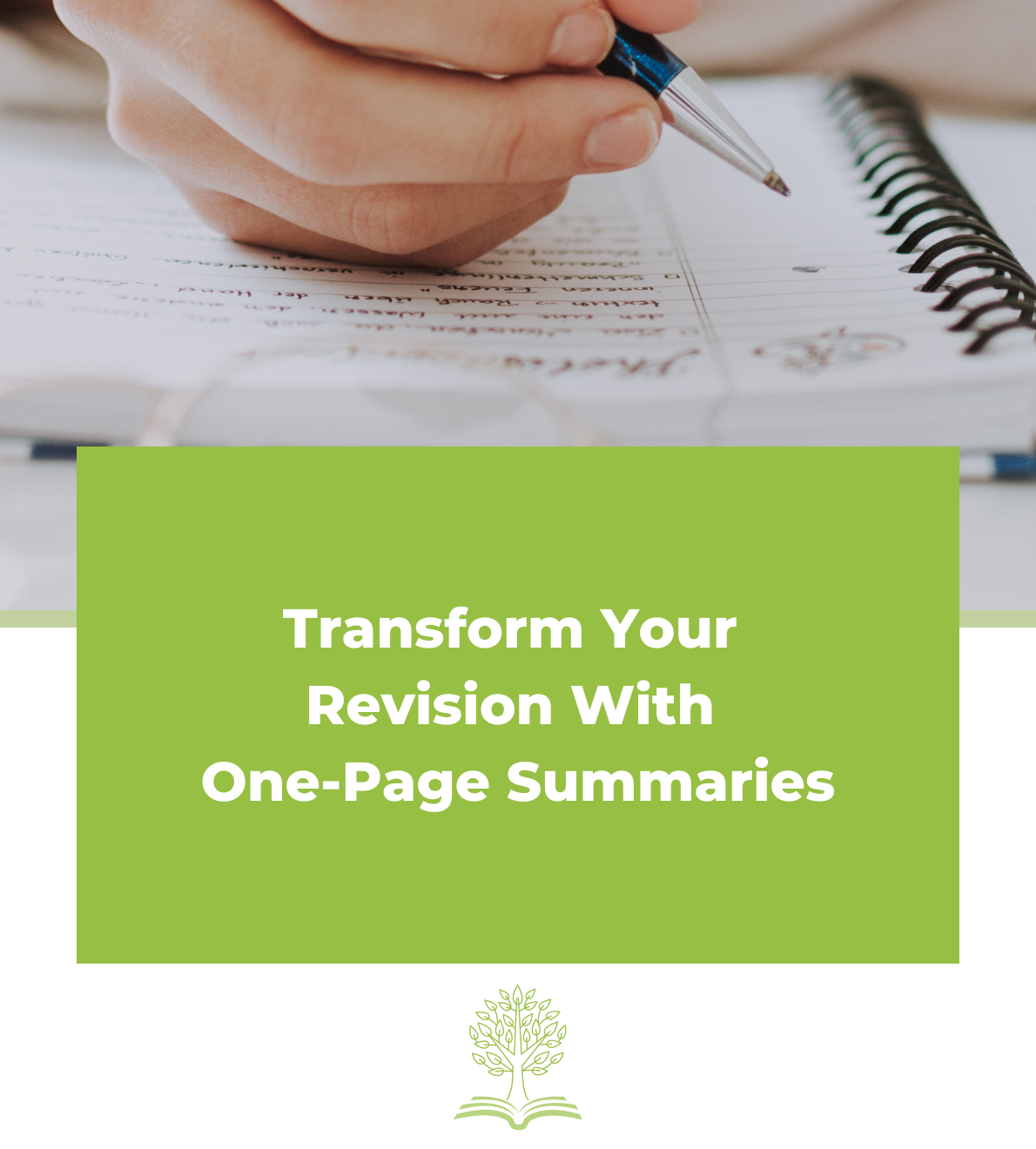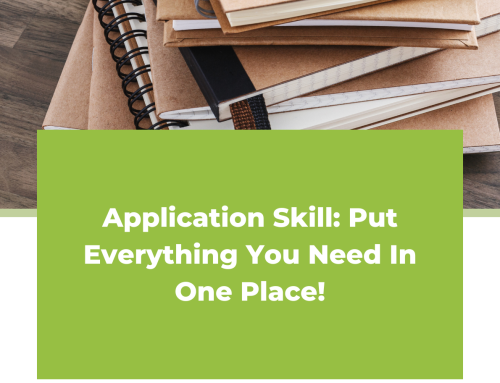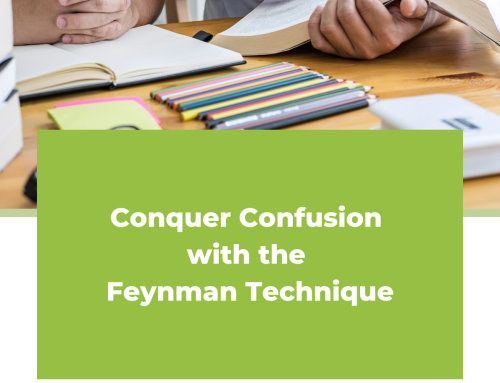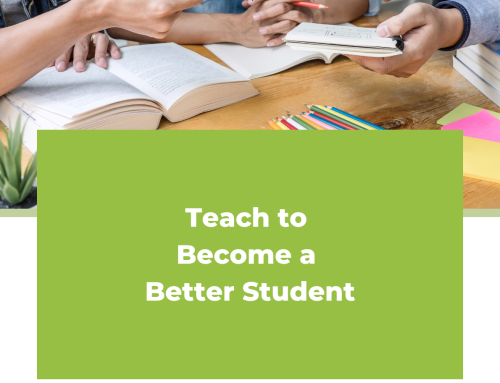Transform Your Study Habits with One-Page Summaries
Imagine this: you have a big exam coming up, and you’re overwhelmed by the mountain of information. Textbooks, notes, and handouts are piling up, and you don’t know where to begin. Sound familiar? We’ve all been there.
But fear not! In this guide, I’m about to share a study tool that will revolutionize your approach and set you on the path to success. Get ready to meet your new best friend: the one-page summary.
What Is a One-Page Summary?
A one-page summary is a condensed version of all the information you need to know for a specific topic, neatly arranged on a single sheet of paper. You might wonder, “How can I fit everything onto one page?” Trust me, it’s possible and incredibly effective.
Benefits of One-Page Summaries
- Better Retention Creating a one-page summary helps you retain information better. By organizing and condensing information, you engage with the material more intensively, aiding memory retention and faster recall when you need it most.
- Saves Time Instead of flipping through countless pages, you can refer to your one-page summary to refresh your memory on a topic. This saves precious study time, making your study sessions more efficient.
- Portability One-page summaries are portable. You can take them anywhere and study on the go, maximizing your study time.
How to Create a One-Page Summary
Step 1: Gather Information Start by collecting all relevant information for your chosen topic—lecture notes, textbook chapters, handouts, and any other materials.
Step 2: Identify Key Concepts Identify the key concepts, important details, and illustrative examples. Opt for bullet points or short phrases instead of lengthy paragraphs. Remember, less is more—often, an entire textbook page can be distilled into a few key points.
Step 3: Organize Information Create a rough outline, grouping similar ideas together. Decide which points are most crucial to include. Then, start drafting your summary using headings and subheadings to break up the information and make it easily digestible.
Step 4: Connect Ideas Don’t be afraid to connect ideas from different topics. This helps you see the bigger picture and understand how different concepts relate to one another. For example, if you’re studying biology and summarizing the respiratory system, include how it interacts with the circulatory system. Connecting these dots enhances your overall comprehension.
Enhancing Your Summary
Visual Aids Consider adding visual aids like charts, graphs, and diagrams to make complex concepts more accessible and improve your grasp of the information. Visual representations can also enhance recall during exams. For more on visual aids, check out our post on turning text into diagrams.
Color-Coding Use color-coding techniques to make your summary more engaging and memorable. Assign different colors to different topics or subheadings to create a sense of organization and make navigation easier.
Action Steps
- Choose a Topic: Pick a subject you need to study.
- Gather Information: Collect all relevant materials.
- Identify Key Points: Determine the most important concepts and details.
- Draft Your Summary: Organize the information into a one-page summary.
- Add Visuals and Color: Enhance your summary with visual aids and color-coding.
Conclusion
A one-page summary is not just a study tool—it’s your secret weapon for exam success. By meticulously crafting your summary, you’re not just condensing information but capturing the essence of your knowledge. Every word, concept, and visual element is a testament to your understanding.
By condensing all necessary information onto one page, you’ll improve retention, save valuable time, and study more effectively. So, let’s put this into practice. Choose a topic that needs your attention and create a one-page summary for it. Your study sessions will become more efficient, and your exam performance will improve.
For more study strategies, check out other posts in our series:
- Cue Card (Lichter System)
- Blank Page Recall
- Turn Text into Diagrams
- Spaced Repetition
- Who What When Where Why How Tables
- Teach Someone Else
- Exam Questions
- Create a Bound Reference
Post by Study Coach – Megan Ross






Leave A Comment